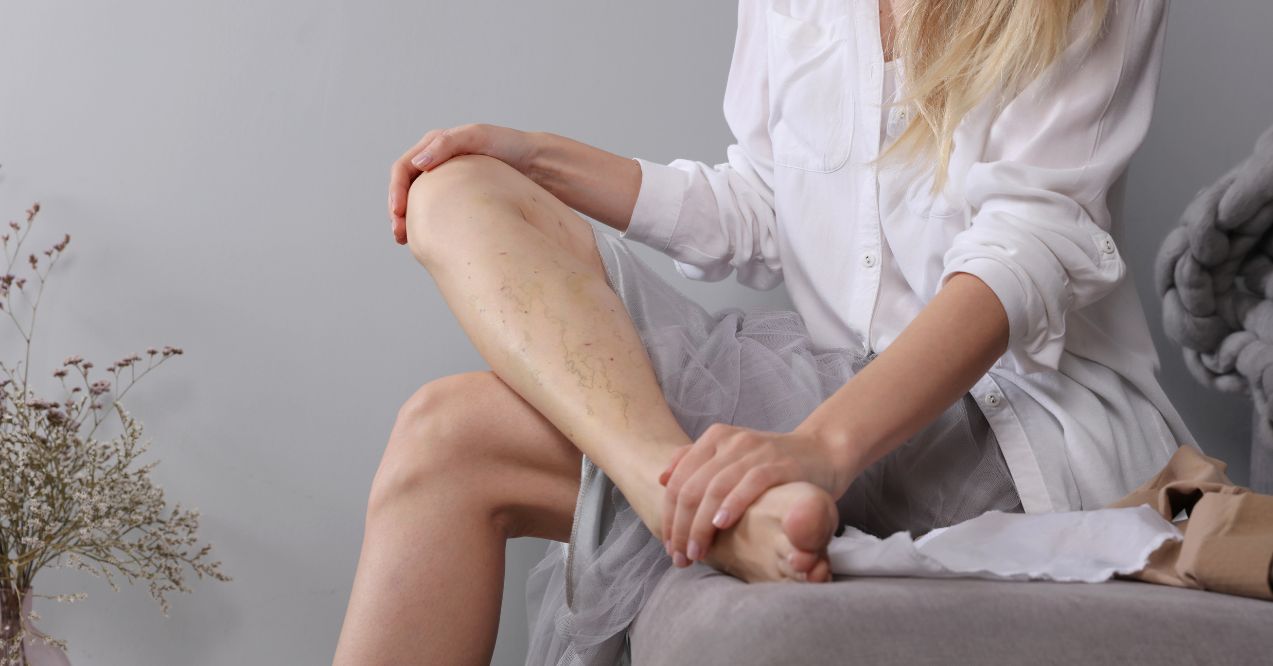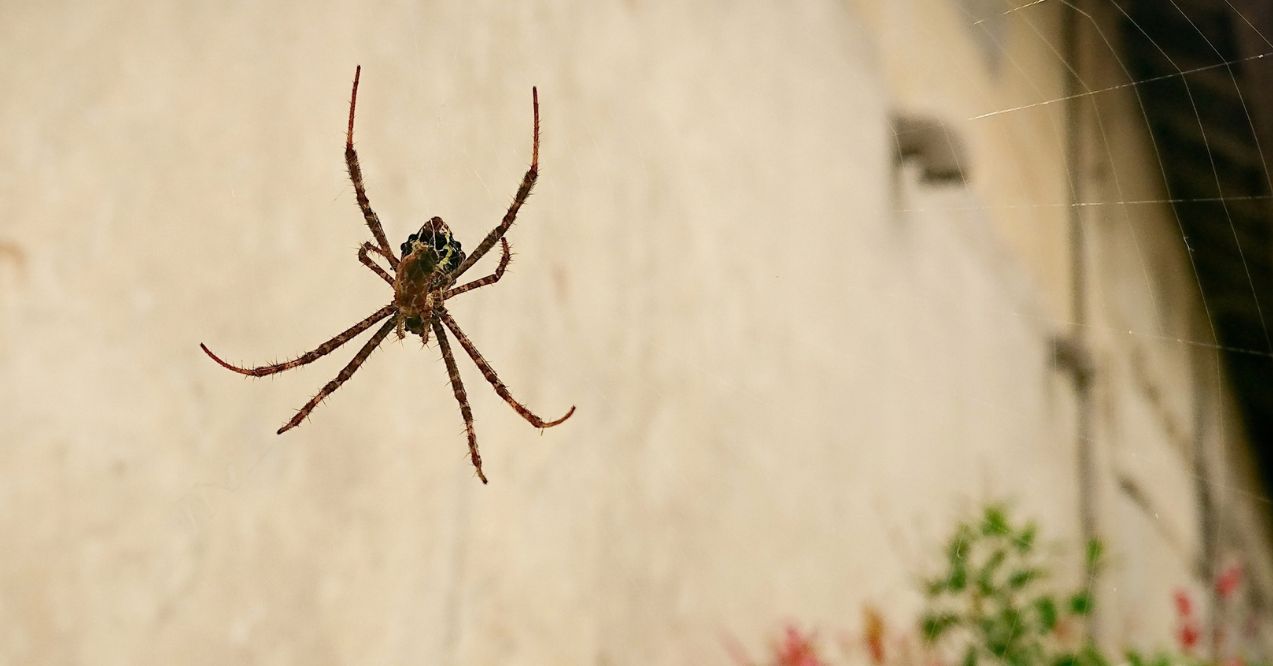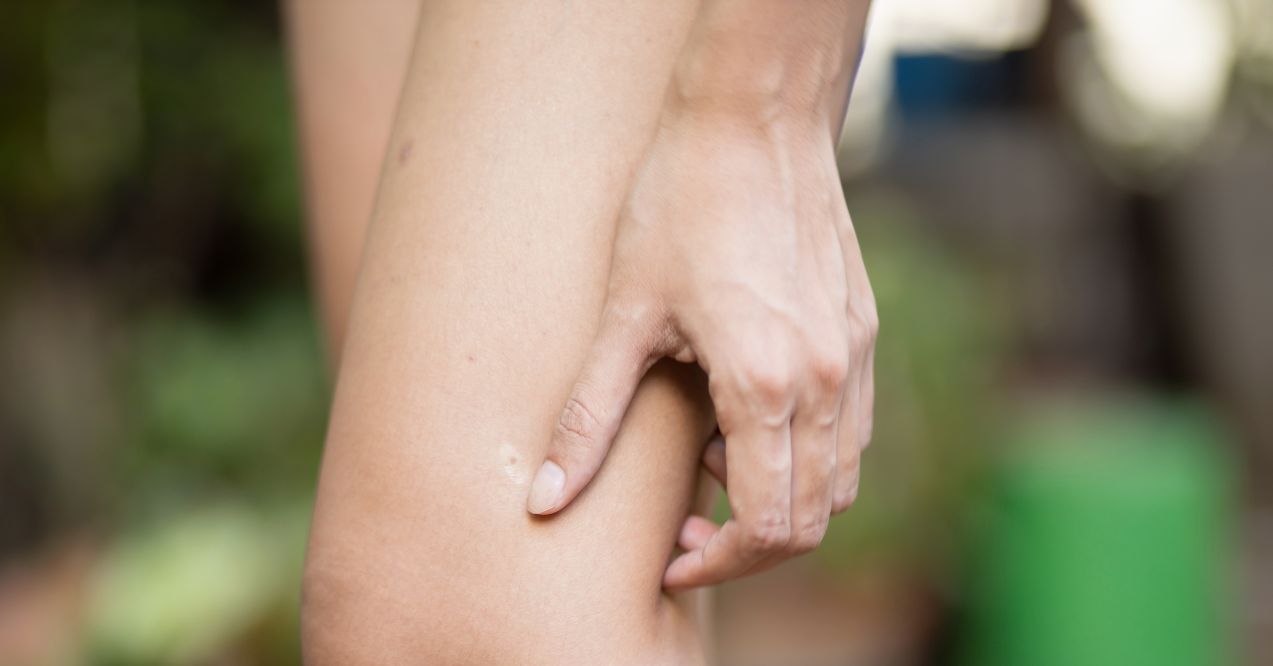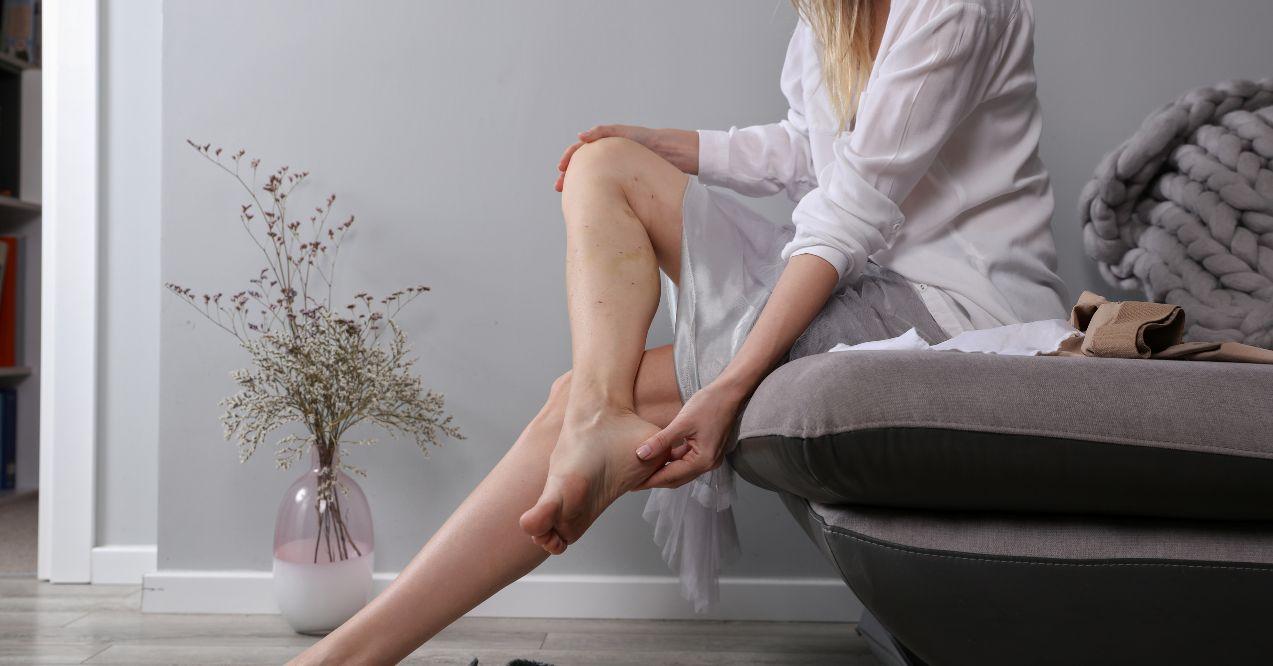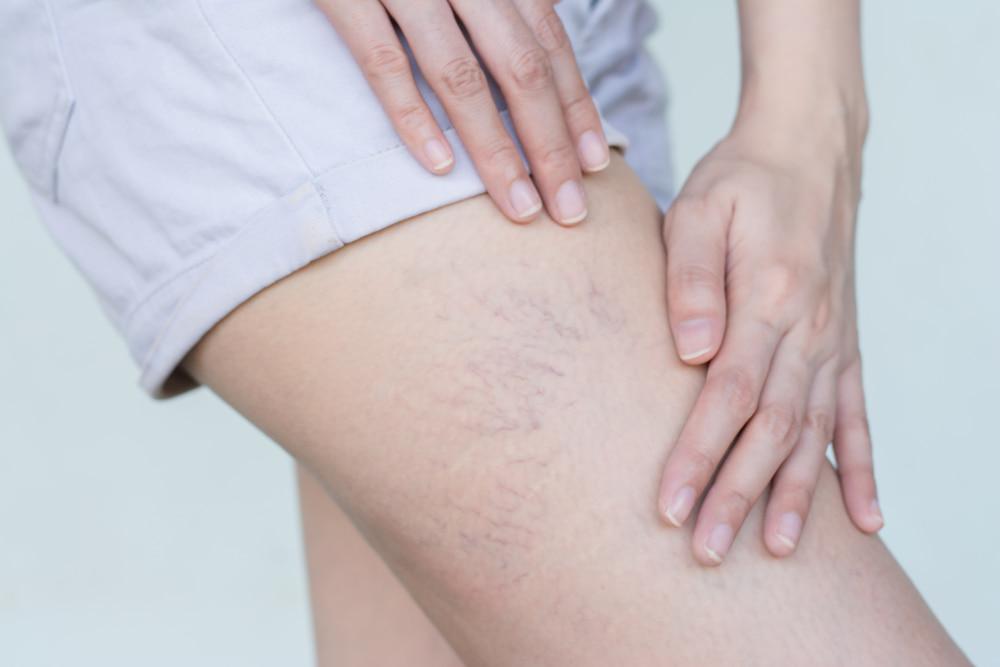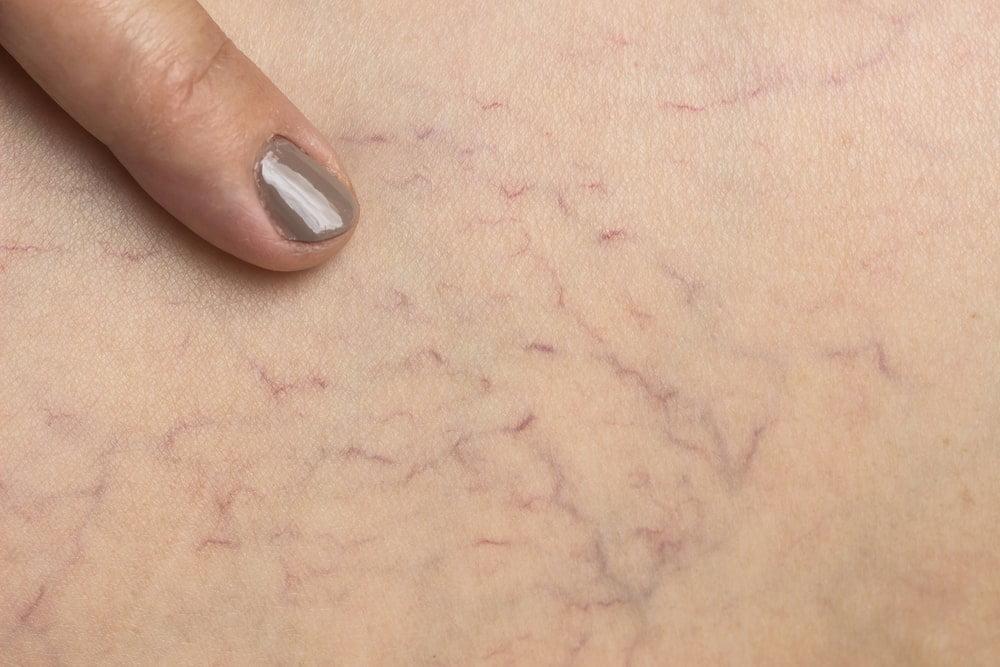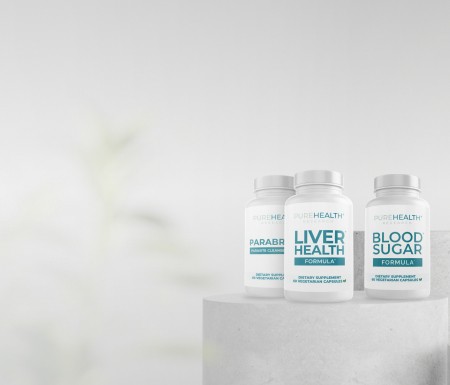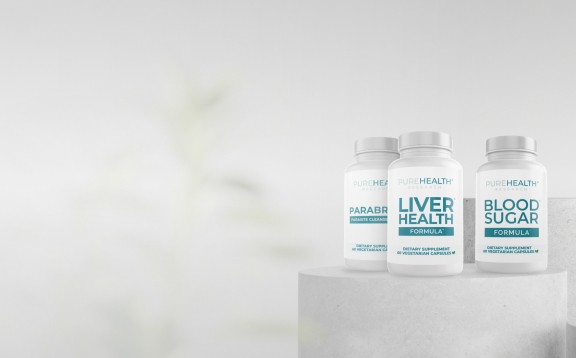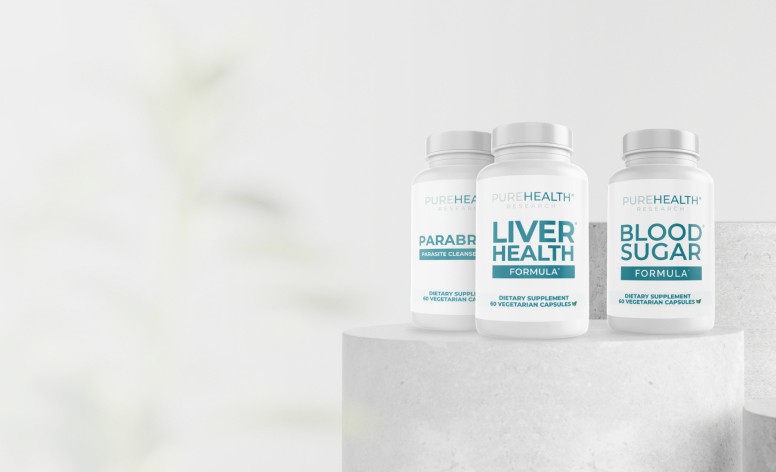Spider Veins on Face? Common Causes and Treatments
Medically reviewed by our experts
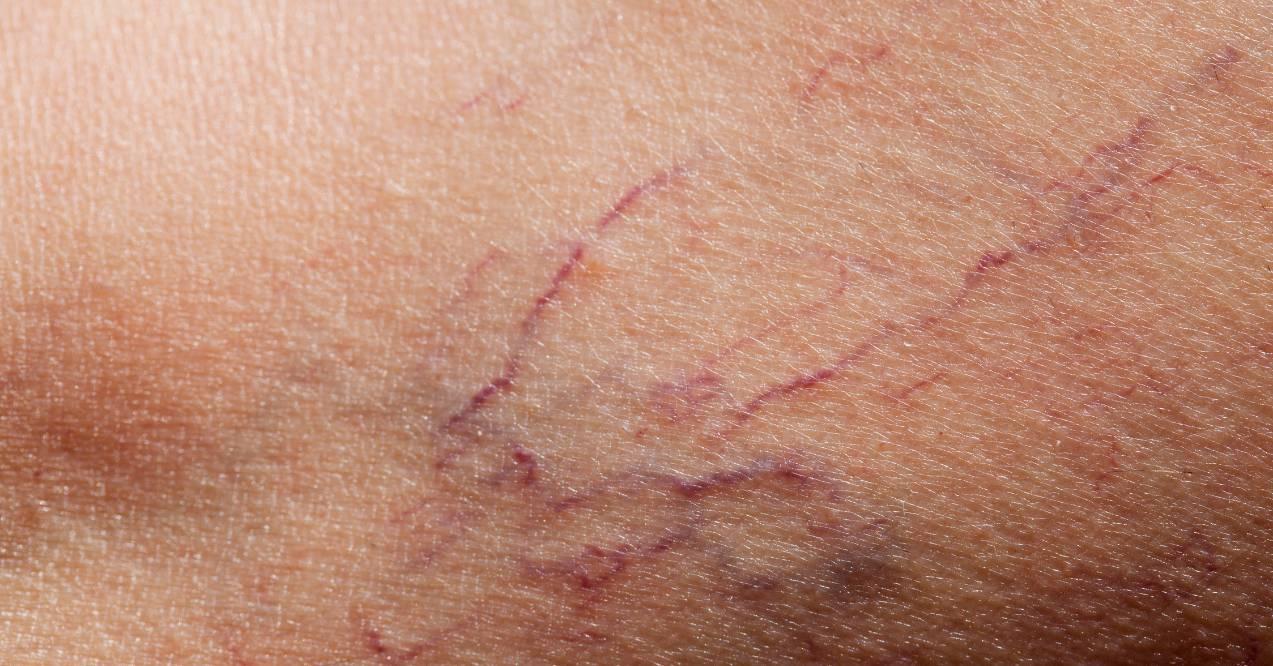

Spider veins on face are a common concern for many people, often causing aesthetic discomfort and affecting self-confidence. These small, web-like networks of blood vessels are visible just beneath the surface of the skin, giving the skin a reddish or purplish appearance. While they are generally harmless, the pursuit of clear and even-toned skin makes it important to understand and address spider veins.
This blog post aims to demystify spider veins by providing insights into their causes, treatments, and preventive measures. By exploring the nature of these veins, the factors contributing to their development, and the various ways to manage them, you will gain a comprehensive understanding of how to achieve healthier-looking skin.
Whether you are seeking to treat existing spider veins on your face or hoping to prevent their occurrence, this guide offers valuable information and practical advice to help you maintain the appearance and well-being of your skin.
What are Spider Veins?
Spider veins, medically known as telangiectasias, are small, dilated blood vessels that appear close to the surface of the skin, resembling a spider’s web or tree branches. These veins are typically red, purple, or blue and can develop anywhere on the body, though they are particularly noticeable and prevalent on the face and legs.
While spider veins vs varicose veins are often compared, it’s important to note that spider veins are typically not painful and don’t cause significant discomfort like varicose veins, which are larger and may bulge from the skin. Do spider veins itch?
While primarily a cosmetic concern, spider veins themselves usually do not cause discomfort or itching; however, their presence can be a symptom of underlying venous insufficiency, which might lead to itching in some cases. Are spider veins dangerous? Generally, spider veins are not considered dangerous as they are primarily a cosmetic issue. However, they can sometimes signal underlying venous issues.
The likelihood of developing spider veins is influenced by several factors, including age, gender, and genetic predisposition. Women are more prone to developing spider veins compared to men, largely due to hormonal influences. The risk increases with age, as the valves within veins weaken over time. Additionally, individuals with a family history of venous issues are at a higher risk.
Statistical data suggests that spider veins are a common condition, affecting up to 50% of adults. The prevalence is significantly higher in individuals over the age of 50, emphasizing the role of aging in the development of this condition. Despite their commonality, many people seek treatment for spider veins due to the potential aesthetic concerns they pose, especially when located on highly visible areas such as the face. In the following paragraphs, we will discuss the causes of spider veins in more detail.
What Causes Spider Veins on Face?

Spider veins on face are a common condition that affects many people, leading to aesthetic concerns and prompting individuals to seek effective treatments. Understanding what causes spider veins on the face is crucial for identifying the best prevention and treatment strategies. These small veins on face can be attributed to a variety of factors, ranging from genetics to lifestyle choices and underlying medical conditions.
- Genetics – Many people wonder: are spider veins genetic? In short, yes, genetics may significantly influence the likelihood of developing spider veins. If there is a family history of spider veins, you are at a higher risk. This genetic predisposition indicates an inherent vulnerability in the structural integrity of vein walls or valve functionality, predisposing individuals to spider veins.
- Age – Age is another critical factor in the appearance of spider veins. As individuals age, their skin loses elasticity and becomes thinner, making veins more visible. Additionally, the valves within the veins, which are essential for preventing the backflow of blood, may weaken over time. This weakening can contribute significantly to the formation of spider veins, as it allows blood to pool within the veins, increasing pressure and causing the veins to become more prominent.
- Injury – Physical injuries to the skin, such as cuts, bruises, or impacts, can also precipitate the appearance of spider veins. Such injuries can disrupt normal blood flow, leading to dilation and increased visibility of the veins. This is why areas of the skin that have been injured may show a higher prevalence of spider veins.
- Certain Medications – Some medications, particularly those affecting hormone levels or blood pressure, may increase the risk of developing spider veins. These medications may induce changes in blood flow or weaken the walls of blood vessels, making the veins more likely to become visible. It is important for individuals on such medications to be aware of this risk and to consult with healthcare providers about potential alternatives or mitigating strategies.
- Pregnancy – Pregnancy is also a common trigger for spider veins due to the significant increase in blood volume and hormonal changes that occur. These changes can affect the functionality and appearance of veins, leading to the development of spider veins. While many spider veins that appear during pregnancy improve post-delivery, some may persist, requiring medical or cosmetic treatment.
- Sun Exposure – Excessive exposure to the sun can damage the skin and contribute to the formation of spider veins on the face. Ultraviolet (UV) rays can weaken the skin and the walls of blood vessels, making them more prone to dilation and visibility. Protective measures such as using sunscreen and wearing protective clothing can help mitigate this risk.
- Changes in Blood Pressure – Fluctuations in blood pressure, whether due to medical conditions or external factors, may cause the veins to enlarge and become more apparent on the skin’s surface.
- Rosacea – Rosacea is a skin condition that causes redness and visible blood vessels in the face. Individuals with rosacea may notice an increase in spider veins due to the chronic dilation of blood vessels associated with the condition.
- Alcohol Consumption – Regular alcohol consumption can lead to spider veins. Alcohol dilates the blood vessels temporarily, and over time, these vessels may fail to constrict back to their normal size, leading to the permanent appearance of spider veins.
- Other Medical Conditions – Conditions that affect blood flow or the integrity of blood vessels may predispose individuals to spider veins. Diseases such as liver disease, heart disease, and others that alter blood flow dynamics can increase the likelihood of spider veins appearing.
- Individual Factors – Lifestyle factors, including smoking and overweight, also play a crucial role in the development of spider veins. Smoking adversely affects blood circulation and weakens blood vessel walls, while being overweight places additional pressure on the veins. Both of these factors can lead to the formation of spider veins, highlighting the importance of maintaining a healthy lifestyle for vascular health.
In summary, spider veins on the face arise from a multifaceted interaction of genetic predispositions, environmental exposures, and lifestyle choices. Genetics play a crucial role, with family history significantly increasing the risk. Environmental factors, such as prolonged sun exposure and extreme temperatures, directly impact the skin’s health and the visibility of these veins. Lifestyle habits, including diet, alcohol consumption, smoking, and physical activity, also influence their development.
By comprehensively understanding these contributing factors, individuals can adopt targeted strategies for management and prevention, aiming to mitigate the risk or severity of spider veins. Therefore, in the following section, we will provide you with multiple effective treatments for spider veins on the face.
How To Get Rid of Spider Veins on Face?
Getting rid of spider veins on face involves a combination of lifestyle adjustments and medical treatments, tailored to the severity of the condition and the individual’s specific circumstances. These visible small veins on the face can be a source of cosmetic concern for many, prompting the search for effective solutions. Below, we explore various strategies and treatments that can help minimize or eliminate spider veins, ensuring a clearer and healthier-looking complexion.
Reducing Alcohol Consumption
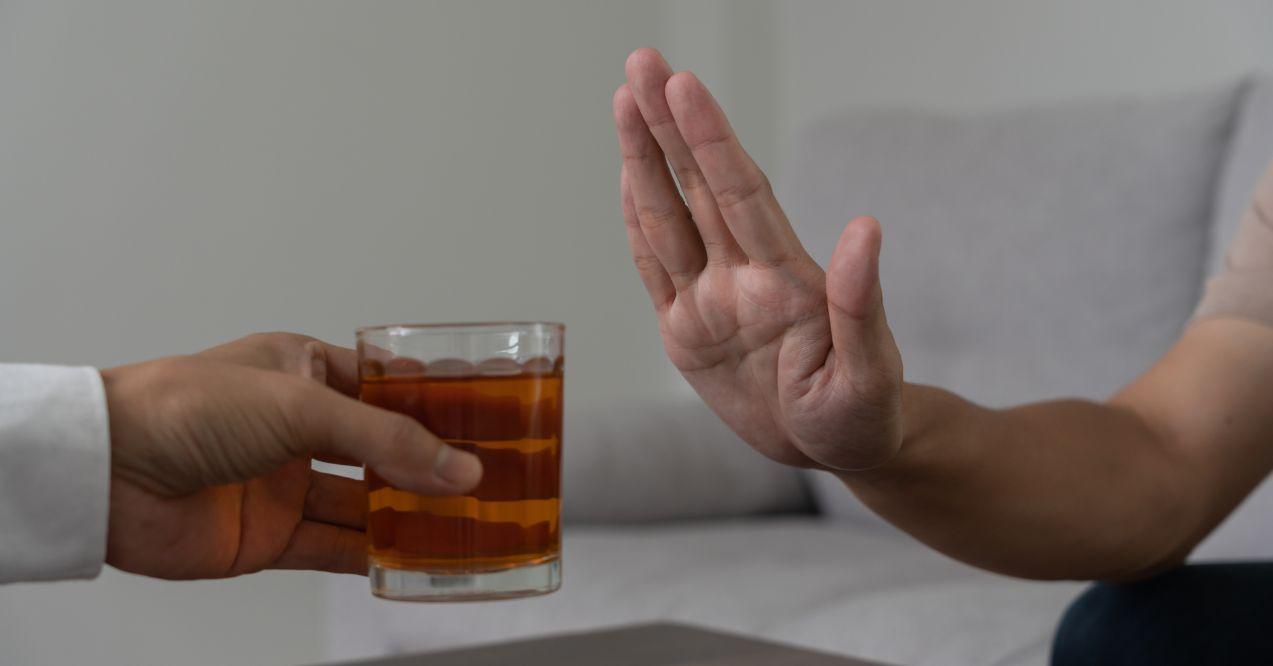
One of the first steps in addressing spider veins on the face is to evaluate and modify certain lifestyle habits that may exacerbate the condition. High alcohol consumption can lead to the dilation of blood vessels, which over time may contribute to the formation and prominence of spider veins. By reducing alcohol intake, individuals can decrease the likelihood of new spider vein formation and reduce the visibility of existing ones. This lifestyle change, alongside other health benefits, can significantly improve the appearance of spider veins on the face.
Avoiding Direct Sun Exposure
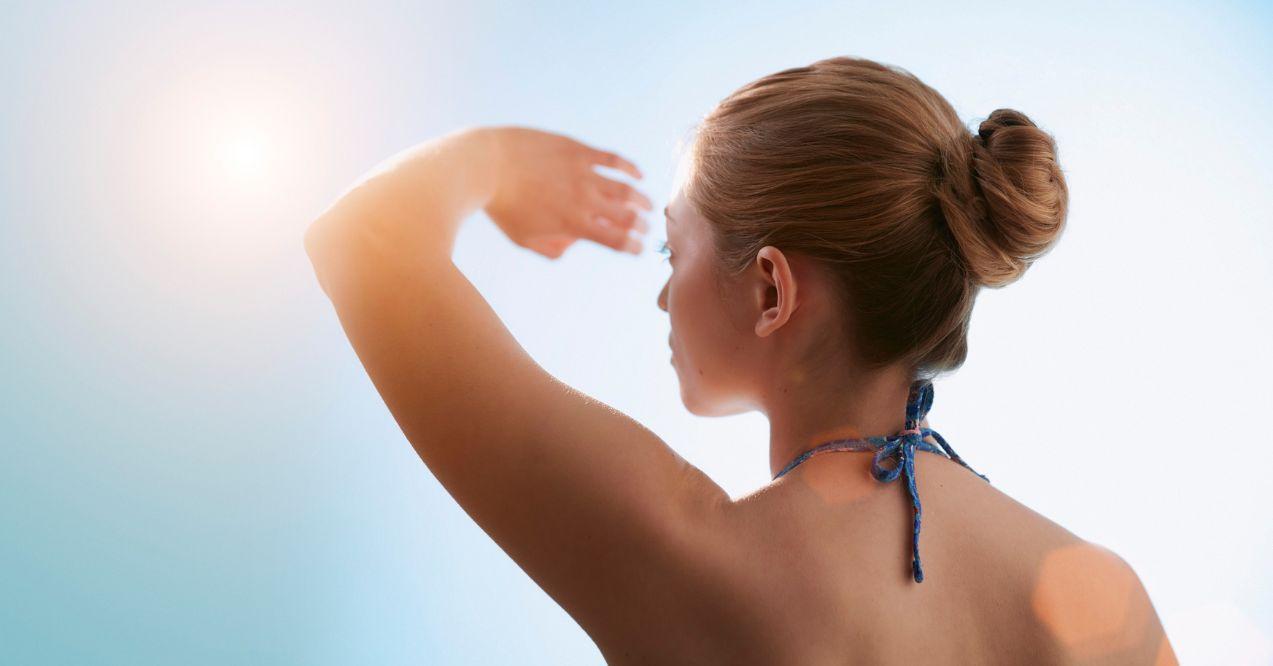
Excessive exposure to the sun’s ultraviolet rays can damage the skin and weaken blood vessel walls, potentially leading to the development of spider veins, particularly on the face where the skin is more exposed. Protecting the skin from direct sunlight by wearing broad-spectrum sunscreen, seeking shade, and wearing protective clothing can help prevent new spider veins from forming and protect the overall health of the skin. Regular use of sunscreen is particularly important for those with fair skin or a predisposition to spider veins.
Stop Smoking
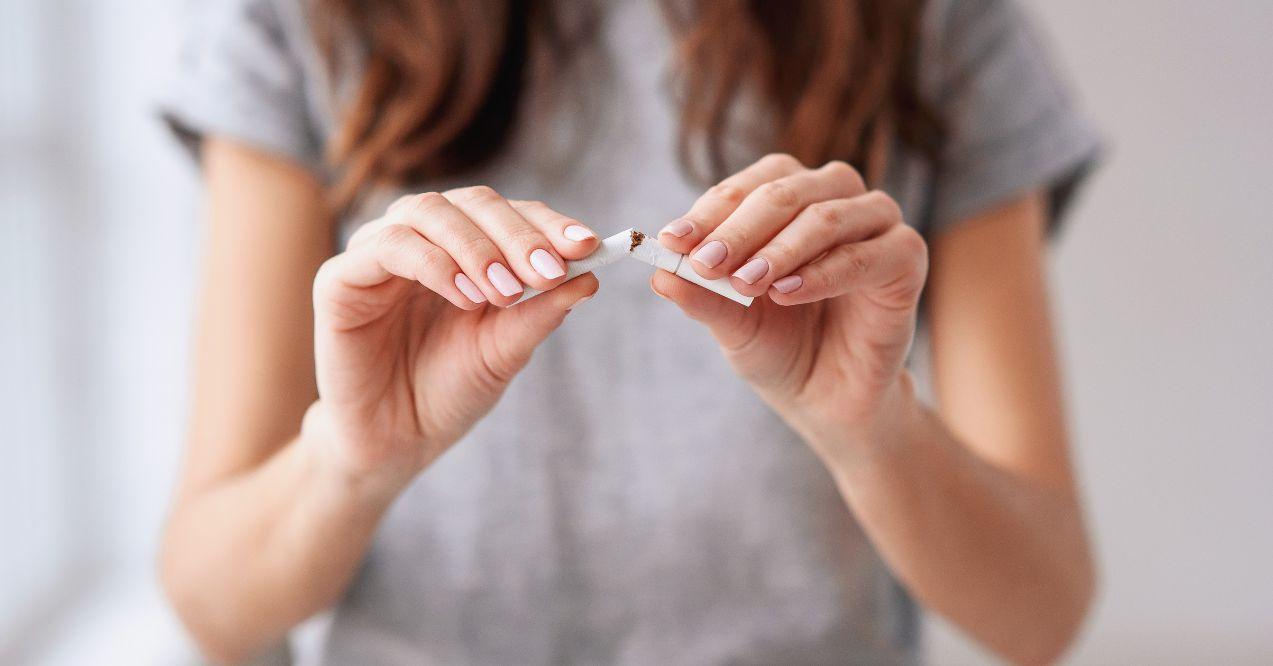
Smoking negatively impacts blood circulation and damages the structure of blood vessels, making it a significant risk factor for the development of spider veins on the face. Quitting smoking can improve circulatory health and prevent further damage to blood vessels, thereby reducing the risk of spider veins. For individuals looking to improve their skin’s appearance and overall health, stopping smoking is a crucial step.
Laser Treatment
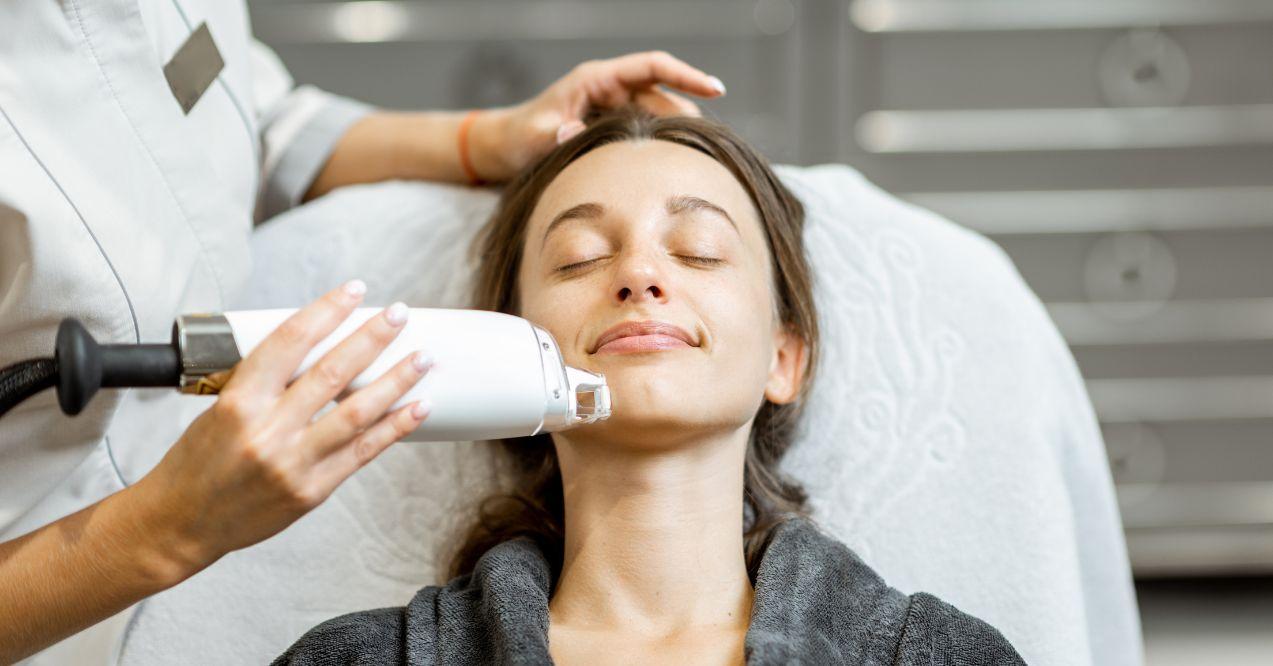
For those seeking a direct approach to spider veins on face treatment, laser therapy stands out as a highly effective option. Laser treatment involves using focused light energy to heat and damage the affected blood vessels, causing them to collapse and gradually fade from view.
This non-invasive method is particularly suited for treating small veins on the face, offering a safe and effective solution with minimal downtime. The effectiveness of laser treatment can vary depending on the individual’s skin type and the severity of the spider veins, making a consultation with a dermatologist essential to determine the best course of action.
Furthermore, there are various simple and effective approaches that can assist in treating spider veins and promoting overall health. These measures not only specifically target spider veins but also aim to prevent the progression of their more severe counterpart, varicose veins, which can lead to more significant health issues.
- Exercise Regularly – Engaging in regular physical activity improves circulation and vein strength, which can help prevent the formation of new spider veins and alleviate the symptoms of existing ones. Activities such as walking, cycling, and swimming are particularly beneficial for enhancing blood flow and maintaining the health of your veins.
- Maintain a Healthy Weight – Excess body weight puts additional pressure on your veins, which can exacerbate the risk of developing spider veins and varicose veins. Maintaining a healthy weight through a balanced diet and regular exercise can reduce this pressure and minimize the likelihood of vein-related issues.
- Supplements – Incorporating the best supplements for varicose veins into your daily regimen can support vascular health and potentially prevent the progression of spider veins. Supplements rich in antioxidants and anti-inflammatory properties, such as horse chestnut extract, grape seed extract, and vitamin C, have been shown to strengthen the walls of blood vessels and improve circulation. This can be particularly effective for managing a milder form of the condition, spider veins, taking the eponymous name from the spider web shape which the lines present.
- Compression Garments: Wearing compression stockings or garments can provide support to the veins, improve circulation, and prevent blood from pooling in the vein, which is a common cause of spider and varicose veins. These garments are especially useful for individuals who stand or sit for long periods, helping to alleviate pressure on the veins and reduce the risk of vein issues.
In essence, addressing spider veins on the face requires a multifaceted approach combining lifestyle adjustments and medical interventions tailored to individual needs. Lifestyle modifications such as reducing alcohol consumption, avoiding sun exposure, and quitting smoking can significantly improve vascular health and reduce the visibility of spider veins. Additionally, laser therapy offers a highly effective treatment option for those seeking direct intervention.
Moreover, simple practices like regular exercise, maintaining a healthy weight, incorporating supplements for vein health, and wearing compression garments can further enhance vein strength and circulation, promoting overall vascular health and minimizing the risk of vein-related issues. By incorporating these strategies, individuals can achieve clearer and healthier-looking skin while safeguarding against the progression of more severe vein conditions.
Taking Preventative Measures
Prevention is often cited as the most effective treatment when it comes to managing small veins on the face. By adopting a proactive approach to skincare and overall health, individuals can significantly reduce their risk of developing spider veins.
This may include practices such as maintaining a healthy weight, engaging in regular exercise, protecting your skin from excessive sun exposure, and considering compression stockings if necessary. Moreover, an integral part of this preventative strategy also involves the use of well-formulated products designed to support vascular health and skin integrity.
Final Thoughts
In conclusion, spider veins on the face are a common cosmetic concern that can affect self-confidence. Understanding their causes, such as genetics, aging, sun exposure, and lifestyle factors like alcohol consumption and smoking, is essential for prevention and treatment.
Effective strategies include reducing alcohol intake, avoiding direct sun exposure, quitting smoking, and considering laser treatments for more severe cases. Regular exercise, maintaining a healthy weight, and using compression garments can also help manage and prevent spider veins. Adopting these practices can lead to clearer, healthier-looking skin and improved overall well-being.
To get rid of spider veins on the face naturally, focus on lifestyle changes like improving your diet, exercising regularly, and protecting your skin from sun damage.
Spider veins on your face can result from various factors including genetics, aging, hormonal changes, sun exposure, and lifestyle habits like smoking or excessive alcohol consumption. These elements weaken the blood vessel walls or increase pressure on veins, leading to their appearance on the skin surface.
Spider veins are generally not dangerous. They are primarily a cosmetic concern rather than a health issue. However, they can occasionally signal underlying venous insufficiency. If you experience discomfort or other symptoms, it’s advisable to consult a healthcare professional for assessment.




